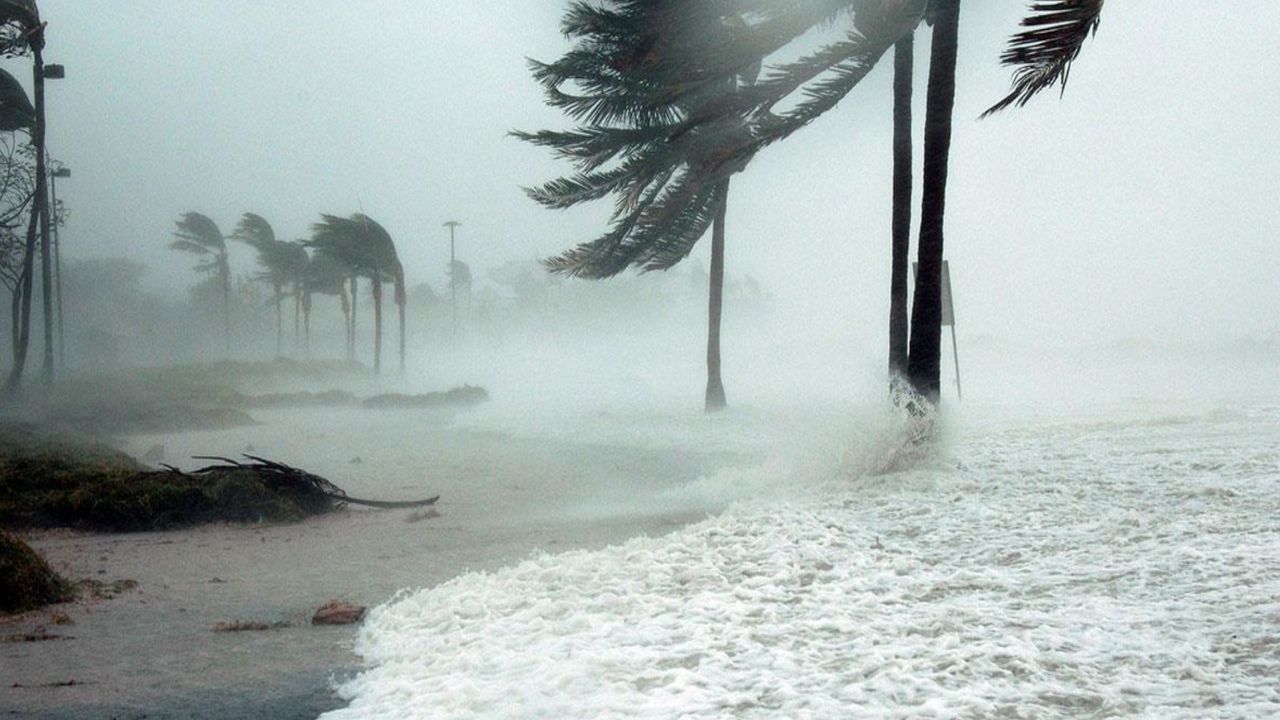We made it through our first month of hurricane season. So far, we have had four named storms; Arthur, Bertha, Cristobal and Dolly. Two named storms made landfall in the United States.
July is typically a quiet month in the tropics. The Atlantic tends to produce the most hurricanes toward the end of August and September. Mid-September is the peak of hurricane season where storms can form almost anywhere in the Atlantic.
Tropical development in July tends to happen closer to the United States where conditions are most favorable. There are three main areas that tend to produce tropical cyclones in July.
A climatological hotspot for tropical development is over the western Caribbean and Gulf of Mexico. If a storm forms in the region, the northern and western Gulf Coast needs to be on alert. Storms that form in zone A tend to track northward or westward, depending on the placement of the Bermuda High that sits to the northeast.
Another climatologically favored area tends to be over the Gulf Stream, located near the Bahamas and eastern United States. Storms that form over zone B tends to curve out to sea or track close to the East Coast.
There’s a third area that favors tropical development during the month of July and it is much further away. Zone C is located near the Lesser Antilles. Development within zone C tends to be toward the end of July. This is usually a hostile environment for tropical systems to sustain themselves; Therefore, storms tend to be short-lived in July.
July can be a busy month some years. Lets look back to July 2005. Hurricane Dennis became a major hurricane and tracked just off the coast of Tampa Bay. Hurricane Dennis produced severe weather across the Bay area and was known for its tornadoes and marine waterspouts.
Chief Meteorologist Mike Clay and Nick Merianos discuss the July 2005 hurricane season and the July Formation Zones on Facebook Live. You can watch it here!



